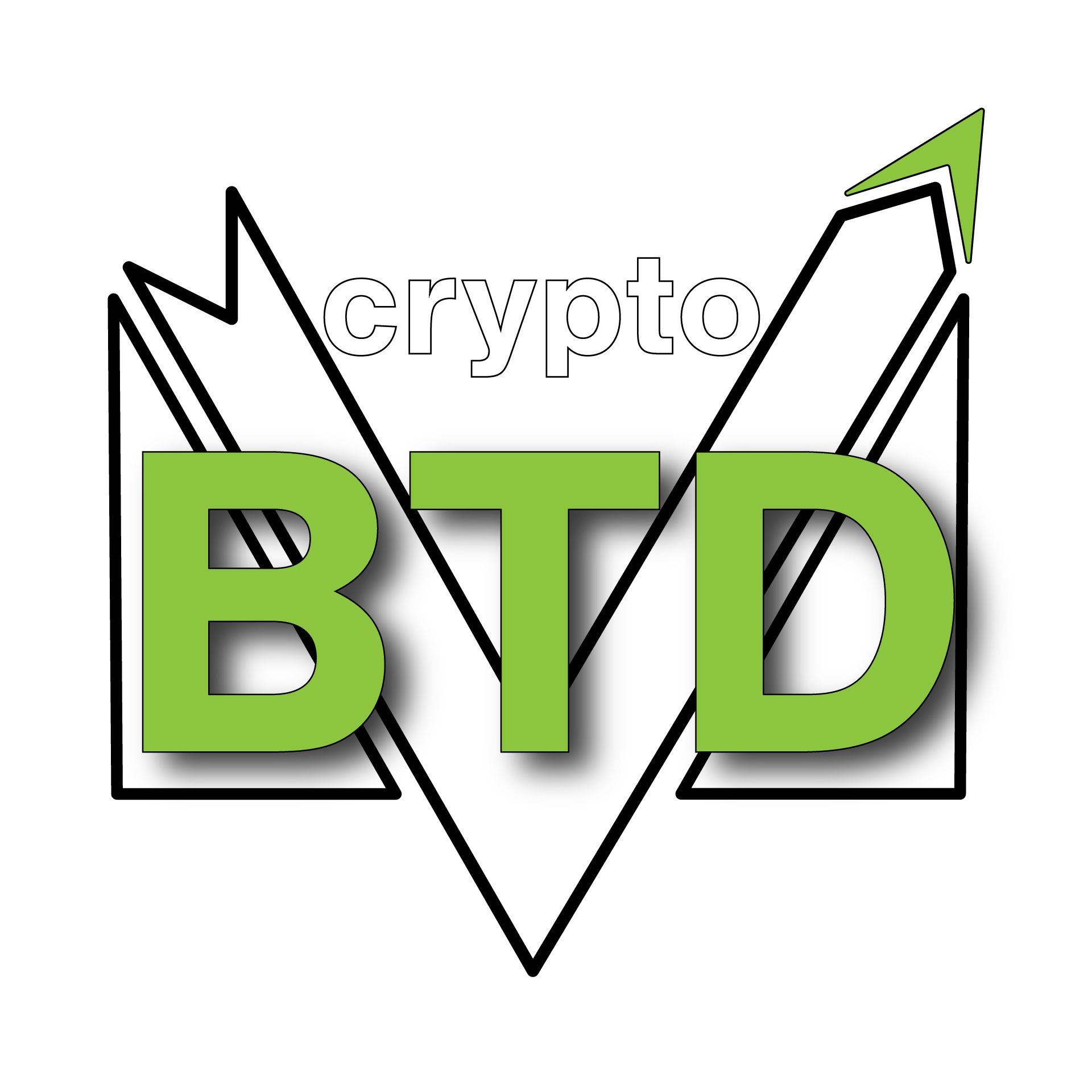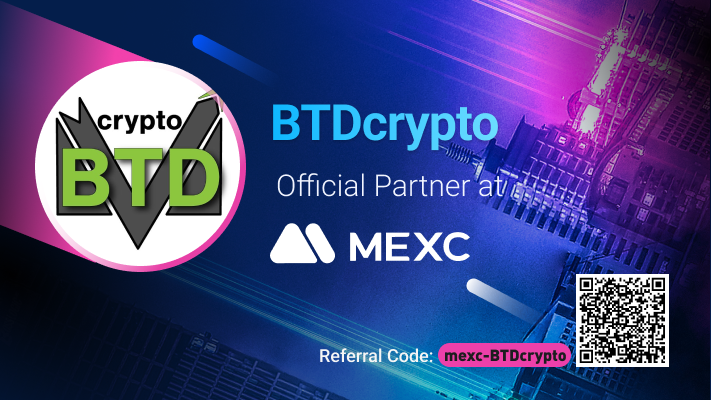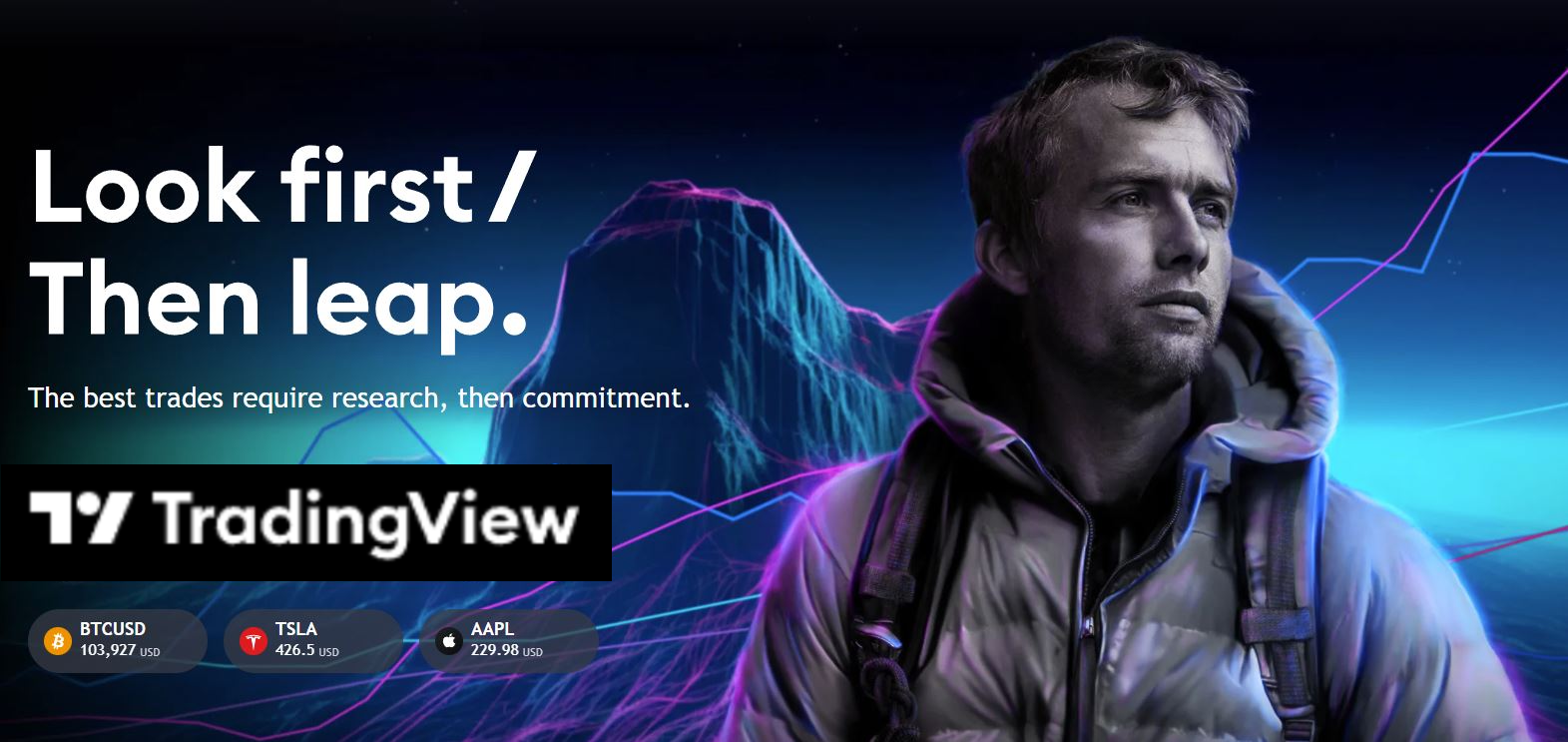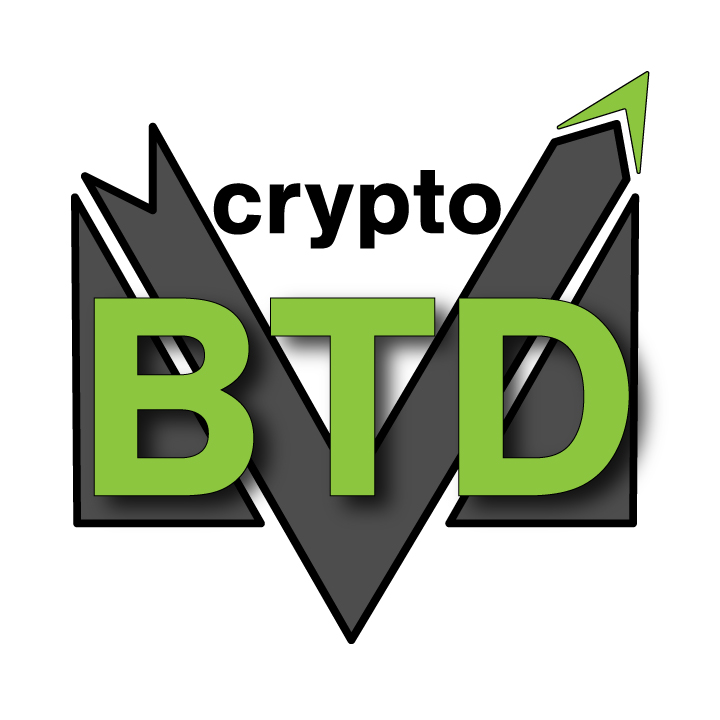Table of Contents
Introduction
Cryptocurrency has long been championed as a decentralized movement — free from centralized authorities and controlled by the collective. Crypto cabals were meant to decentralize financial power, however, behind the scenes, these cabals have evolved into powerful groups that quietly shape the crypto world, influencing markets, projects, and rules.
Some believe these groups help crypto grow, while others think they go against the idea of decentralization. Understanding their role, impact, and potential risks is key to forming a balanced view of the crypto ecosystem.
The Rise of Crypto Cabals
Crypto cabals have been around since the beginning of Bitcoin. In the early days, small groups of developers and experts worked together to build the first cryptocurrency. They had to make big decisions about how Bitcoin would work, and these choices shaped the entire industry.
As crypto grew, more groups formed, each with their own ideas about the future. Some were made up of developers, others included rich investors, and some were even formal organizations, like DAOs (Decentralized Autonomous Organizations), that controlled certain projects.
Early Developer Networks
At first, these groups were just small communities of developers talking online. They used email lists, forums, and private chats to discuss ideas. But as crypto became more popular, these discussions started happening in private settings, where only a few people had access.
Big Investors and Market Control
As cryptocurrency gained mainstream attention, venture capitalists, whale investors, and industry insiders began forming powerful investment groups. These groups help fund new projects, but they also have a lot of control over prices and the direction of crypto development. Some say this is just how business works, while others argue it gives insiders too much power.
Governance and Control
The promise of decentralized governance through DAOs allows users to vote on changes to the system. But in reality, the biggest token holders often have the most power. This means a small group of people can decide what happens, even in projects that claim to be decentralized.
How Crypto Cabals work
Crypto cabals operate in different ways, depending on their structure and goals. Some are informal networks where influential players exchange information, while others are highly organized entities with clear objectives.
Inside Information
One major advantage these groups have is early access to critical information. Whether it’s news about a new partnership, government regulation, or upcoming technology, being in the know allows them to trade ahead of the market and maximize profits.
Market Movements and Price Manipulation
Whale investors and coordinated groups can significantly impact market movements. By coordinating buys and sells, these groups can create artificial demand or panic, profiting from price swings.
Development and Protocol Upgrades
For crypto projects that allow voting, powerful groups can decide which changes happen. If a small number of people hold most of the voting power in a DAO, they can push for updates that help them rather than the whole community. This raises concerns about whether governance mechanisms are truly democratic or just another form of centralized control.
The Role of Crypto Influencers
Crypto influencers, such as social media personalities, YouTubers, and prominent X figures, play a major role in cabals. They often spread narratives that favor specific projects or market trends, influencing public perception and investment decisions. Some influencers are paid by groups to promote certain tokens or discredit competitors, making it difficult for retail investors to separate genuine insights from manipulated content.
Shaping Public Opinion
Crypto influencers play a crucial role in shaping public perception of different projects. Through YouTube videos, X threads, and other social media platforms, they can hype up certain tokens while dismissing others, creating trends that affect market behavior.
Coordinated Market Manipulation
Some influencers collaborate with insider groups to manipulate markets. By timing their endorsements and coordinated posts, they can drive up the value of a cryptocurrency before selling off at a peak, leaving everyday investors at a disadvantage.
Ethical Concerns and Lack of Regulation
Since crypto is largely unregulated, influencers are not held accountable for misleading promotions. This raises ethical questions about whether they should disclose sponsorships, verify project legitimacy, and take responsibility for the impact of their endorsements.
The Dual Nature of Crypto Cabals
Cabals are neither entirely beneficial nor completely detrimental to the crypto space. Their impact largely depends on their motivations and the extent of their influence.
Strategic Collaboration
Crypto moves fast, and teamwork is necessary to keep up. Many projects succeed because of strong partnerships formed within these inner circles. By pooling resources and expertise, crypto insiders can accelerate development and bring groundbreaking ideas to life.
Increased Liquidity and Market Stability
Some investment groups help stabilize markets by providing liquidity and funding. In bear markets, coordinated investments can prevent promising projects from collapsing, ensuring the ecosystem remains healthy and resilient.
Lack of Transparency and Trust Issues
On the other hand, secret deals and lack of transparency can break trust in the industry. If too much happens behind closed doors, it goes against the idea of an open and fair system.
Manipulation and Unfair Advantages
The ability of well-connected groups to manipulate prices, control governance, and influence narratives raises concerns about fairness. Retail investors often find themselves at a disadvantage, buying into projects at inflated prices while insiders sell for profit.
The Question of Decentralization
The biggest question is whether crypto is still decentralized. While blockchain technology itself is open and free, human nature tends to create power structures. Some believe this is unavoidable, while others think crypto can do better.
The Future of Crypto Governance
As crypto evolves, efforts are being made to limit the power of cabals. Some blockchains are introducing better governance systems that give more people a voice. New methods, like quadratic voting and decentralized identity checks, aim to prevent large investors from dominating decisions.
Transparency is also key. Public discussions, open voting records, and clear rules can help stop secret deals. By allowing more people to participate in decision-making, the industry can move closer to true decentralization.
What This Means for Everyday Investors
For regular crypto investors, knowing about cabals is important. Understanding how markets can be influenced, who makes key decisions, and how governance works can help people make smarter investment choices. Doing independent research, spreading investments, and supporting open projects can help protect against hidden power structures.
Getting involved in governance — voting on changes, joining discussions, and backing fair policies — can help create a more transparent and balanced system.
Conclusion
Crypto cabals will likely always exist in some form. They help push the industry forward and provide financial stability, but they also introduce risks like manipulation and centralization. As crypto continues to grow, the challenge will be making sure these groups don’t take away from the original goal: creating a fair and open financial system for everyone.
Decentralization isn’t just about technology — it’s about fairness. The crypto community must decide if it can keep that promise or if power will always end up in the hands of a few.

















0 Comments